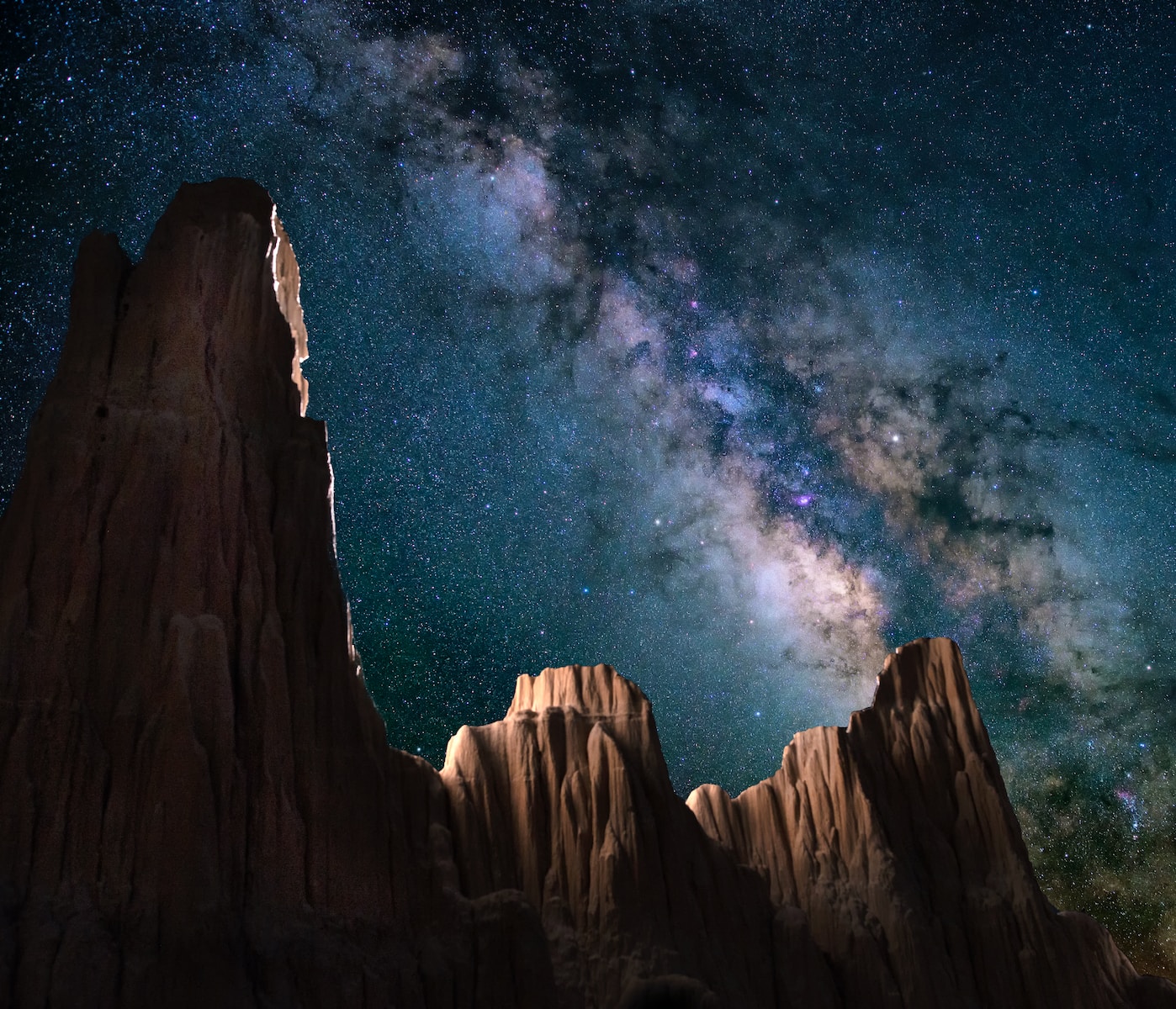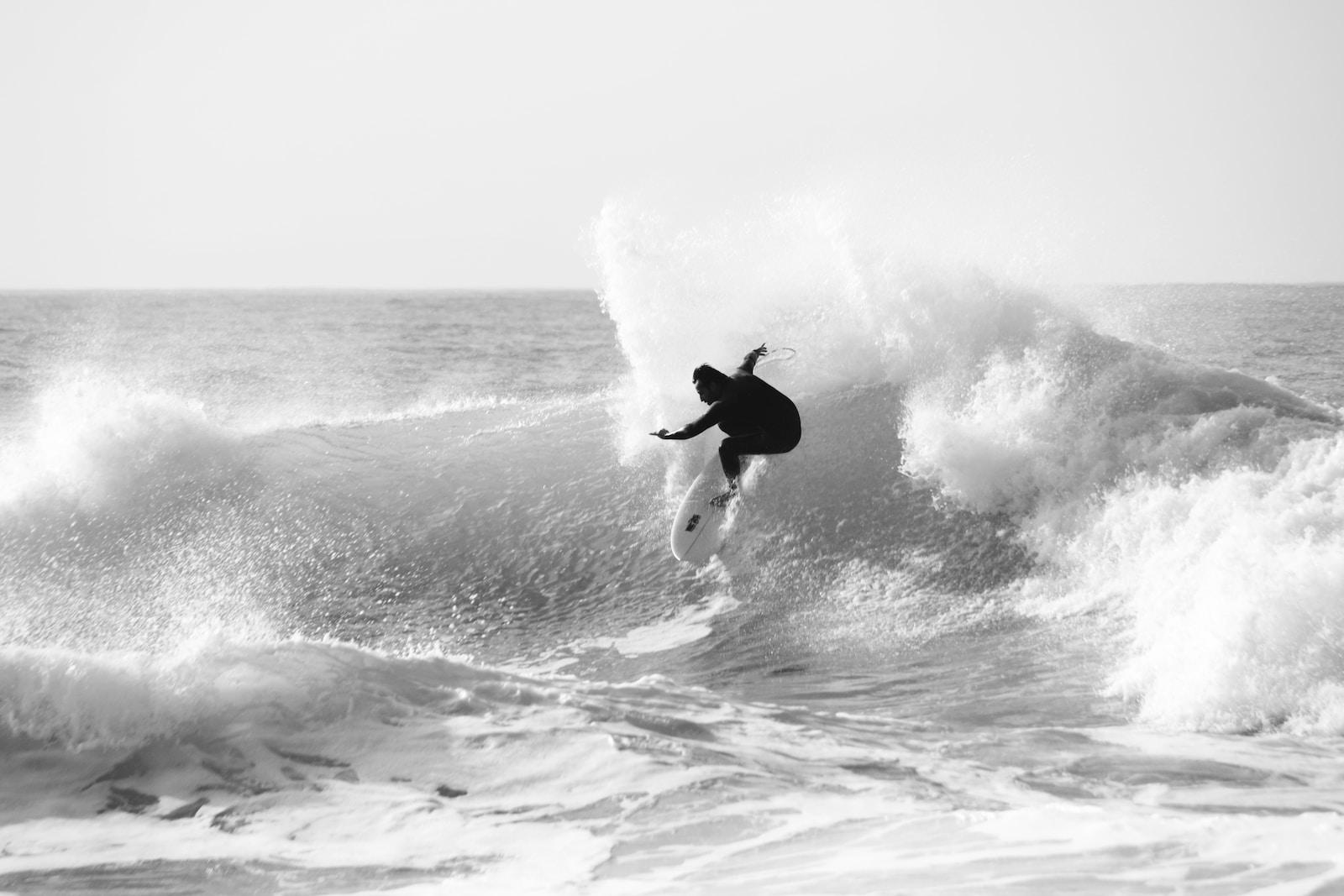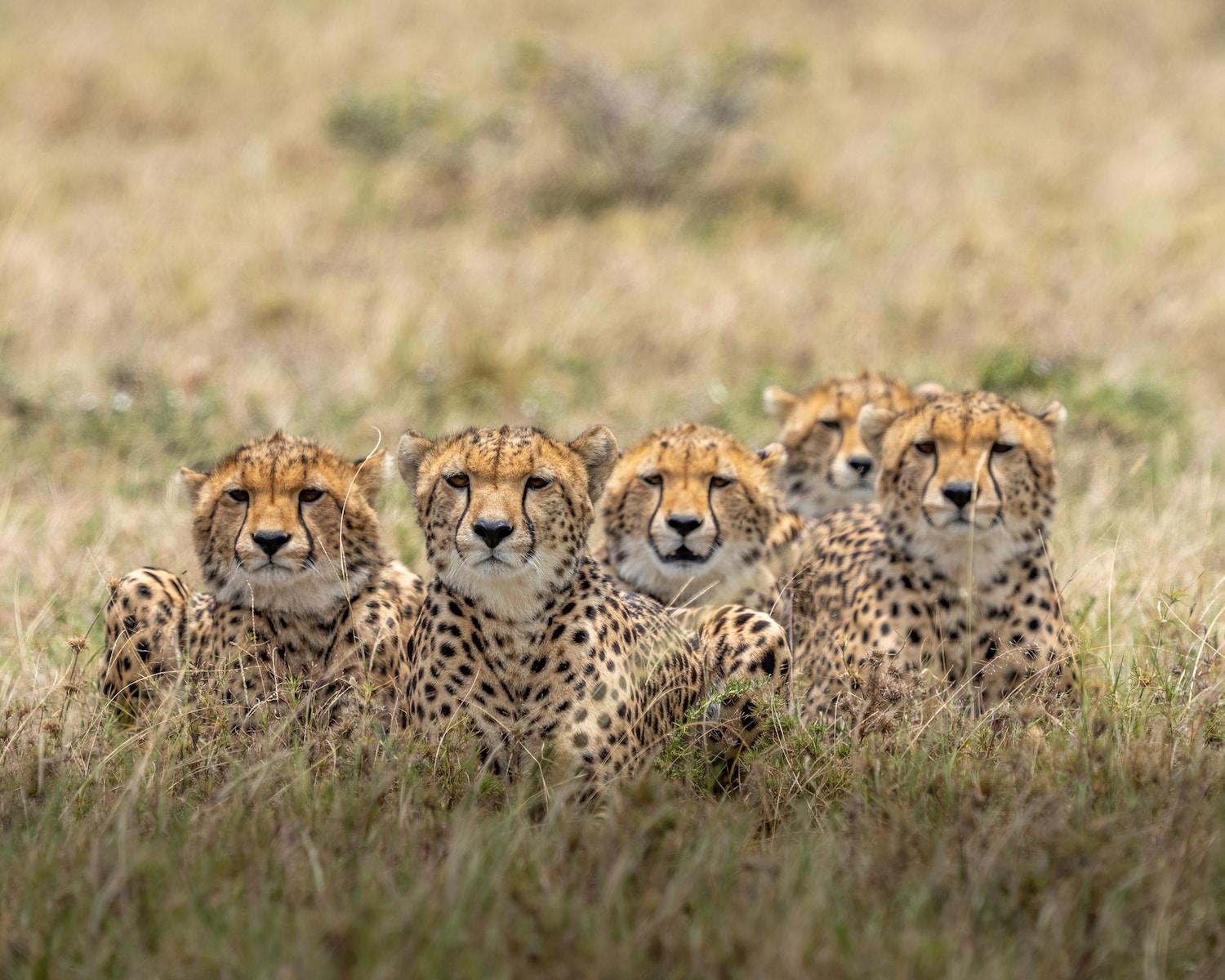Macro photography is a fascinating genre of photography that involves capturing extreme close-up shots of small subjects, such as flowers, insects, and other tiny objects. It requires a specific set of techniques and equipment to produce sharp, detailed images with high magnification. In this article, we will discuss some of the techniques used in macro photography to capture stunning images of small objects.
- Equipment
To take macro photographs, you will need specialized equipment, including a macro lens, a tripod, and a remote shutter release. A macro lens is a lens designed specifically for close-up photography, with a magnification of 1:1 or greater. These lenses allow you to focus very close to your subject and capture fine details.
A tripod is essential for macro photography as it provides stability, which is crucial when taking such close-up shots. A remote shutter release is also important as it reduces the risk of camera shake when you press the shutter button.
- Lighting
Lighting is essential in macro photography as it can make or break your shot. When taking close-up shots, it’s important to ensure that your subject is well-lit, as even a slight shadow can make a huge difference. There are several ways to light your subject when taking macro shots, including using natural light, a ring flash, or a dedicated macro flash.
Natural light can be used when shooting outdoors or near a window. The best time to shoot is during the early morning or late afternoon when the light is soft and warm. A ring flash is a type of flash that attaches to the end of your lens, providing even lighting around your subject. A dedicated macro flash is also an excellent option as it provides a more powerful and adjustable light source.
- Focus
When taking macro photographs, the focus point is critical as even the slightest movement can cause your subject to become blurry. One of the most common techniques for focusing in macro photography is to use manual focus. This allows you to precisely control the focus point and ensure that your subject is sharp.
Another focus technique is to use focus stacking, which involves taking multiple shots at different focus points and then combining them in post-processing to create a final image that is in focus throughout. This technique is particularly useful when photographing small objects with a shallow depth of field.
- Depth of field
Depth of field is the range of distance that appears in focus in your image. In macro photography, the depth of field is typically very shallow, meaning that only a small part of your subject will be in focus. This can be both a blessing and a curse, as it allows you to create beautiful bokeh (out-of-focus areas) but also makes it challenging to get the entire subject in focus.
To increase the depth of field in your images, you can use a technique called focus stacking, as mentioned earlier. Another way to increase the depth of field is to use a smaller aperture (higher f-stop number). However, using a smaller aperture will require more light, which may require a longer shutter speed or higher ISO setting.
- Composition
Composition is important in all types of photography, including macro photography. When composing your macro shot, you should consider the placement of your subject, the background, and the foreground. Pay attention to the lines, shapes, and colors in your shot, and use them to create a visually appealing image.
When photographing flowers, for example, you might consider the rule of thirds and place the flower off-center in your frame. When photographing insects, you might try to capture their unique characteristics, such as their wings or eyes.
In conclusion, macro photography is a challenging yet rewarding genre of photography. With the right equipment and techniques, you can capture stunning images of small objects that reveal a hidden world of beauty and detail. Whether you’re photographing flowers, insects,
or other small objects, keep in mind the importance of lighting, focus, depth of field, and composition to create visually striking images.
- Patience
Macro photography requires a lot of patience as it can take time to get the perfect shot. Small subjects such as insects and flowers may move or change position, making it difficult to get a sharp image. It’s essential to take your time and be prepared to take multiple shots to ensure you capture the perfect moment.
- Background
When photographing small subjects, the background can be just as important as the subject itself. A busy or distracting background can take away from the subject and make the image appear cluttered. To create a clean and uncluttered background, try using a plain colored background or a natural background such as a leaf or flower.
- Macro Photography Techniques
There are several techniques you can use in macro photography to create unique and interesting images. One such technique is macro water droplet photography, which involves placing water droplets on your subject and then photographing them with a macro lens. This technique can create stunning images with a unique perspective.
Another technique is to use a reflector or diffuser to control the light in your shot. A reflector can be used to bounce light onto your subject and create highlights, while a diffuser can be used to soften the light and create a more even illumination.
- Post-Processing
Post-processing is an important part of macro photography as it allows you to refine and enhance your images. You can use software such as Adobe Photoshop or Lightroom to adjust the color, contrast, and sharpness of your images. You can also use post-processing to remove any distracting elements in the background or to create a more focused image through focus stacking.
In conclusion, macro photography is a fascinating genre of photography that requires specific techniques and equipment to capture stunning images of small subjects. With the right equipment and techniques, you can create unique and visually striking images that reveal the beauty and detail of the hidden world around us. Remember to be patient, pay attention to lighting, focus, depth of field, and composition, and have fun exploring the world of macro photography.





